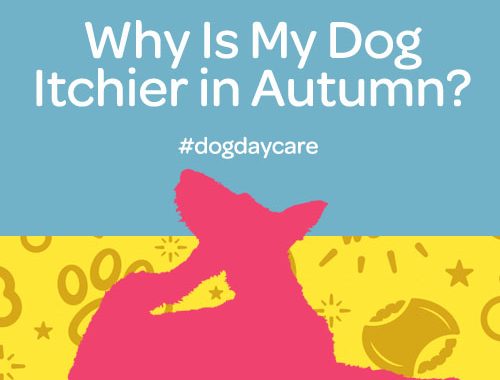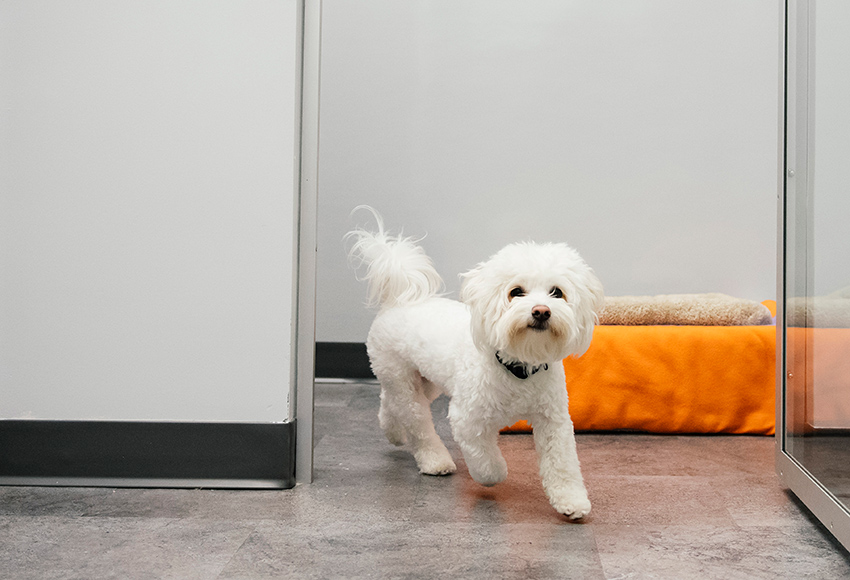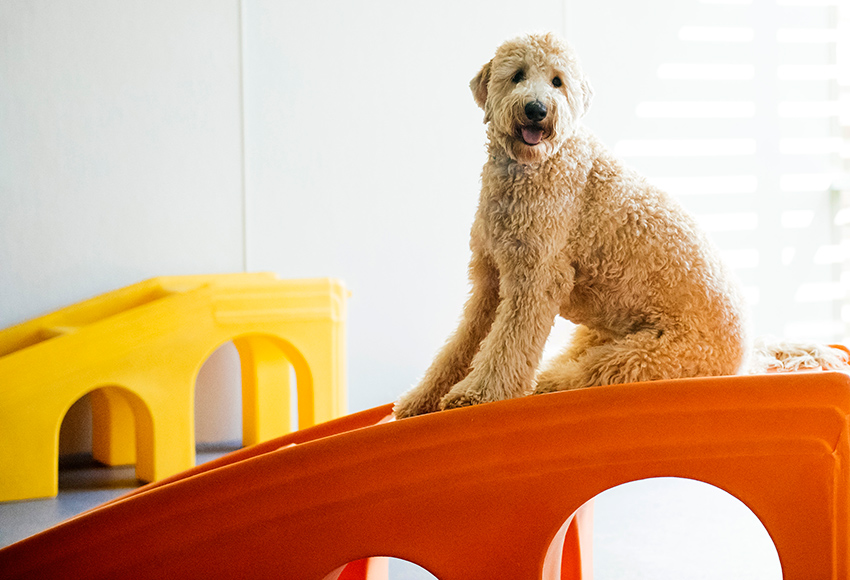Ask The Doggy Daycare Staff: Why Is My Dog Itchier in the Fall/Autumn?


Our doggy daycare staff report that there are a handful of “regulars” (lucky dogs who come in daily!) that are coming in to our locations in Bloomfield and Utica seemingly ‘itchier’ than normal. Should pet parents be alarmed? Luckily, the answer is no. You might be shocked to learn this, but dogs get seasonal allergies just like us humans, and this is often the culprit behind seasonal itchiness.
In the fall, falling leaves and dried out weeds release allergens into the air and onto your pups fur. Ragweed allergies are most common in fall/autumn, and manifest as whole-body itchiness. It’s important to note that ragweed looks pretty similar to goldenrod, but ragweed is the culprit behind “hay fever”. This website has a great diagram showing areas of symptoms associated with dog allergies. Symptoms include:
• Chewing at the feet
• Constant licking of the flank (side) and groin area
• Rubbing of the face
• Inflamed ears or recurrent ear infections
• Recurrent hot spots in dogs and pinpoint facial scabbing in cats
• Asthma-like wheezing and respiratory problems (more likely in cats)
No matter the time of year, veterinarians usually treat environmental allergies with a combination of methods, depending on the severity of the symptoms. These options can include:
• Antihistamines
• Omega-3 fatty acid supplements
• Regular bathing with a mild shampoo (particularly useful after a run through weeds- our DIY self serve dog wash is a great option for this!)
• Prescriptions to treat secondary bacterial and fungal infections
• Immunosuppressive drugs
• Allergen-specific immunotherapy, more commonly known as allergy shots
If you suspect your pet may have allergies, see your veterinarian for an evaluation. It is a chronic and sometimes frustrating disease condition, but in most cases it is manageable if you determine the cause early in the course of the disease. The best news about these fall alleries is that they lessen or go away after the first hard frost.
Fleas VS Seasonal Allergies
It’s extremely important to remember that in early fall, like we’re in right now, fleas are still up and around looking for a host. It’s in your best interest to check your dog regularly and keep them on a flea preventative. If you think your dog might have fleas, check them over for the hallmark signs, which include:
• Red bumps from flea bites
• Visible fleas
• Flea debris (looks like dirt, and will turn red if water is dropped on it)
• Extreme itchiness along the back and base of tail particularly
If you suspect your dog has fleas, we recommend they remain home from doggy daycare and you begin flea treatment immediately. Ask your veterinarian, and read this article that details some of the basic bethods of flea control. Any questions? Let us know in the comments!








You must be logged in to post a comment.